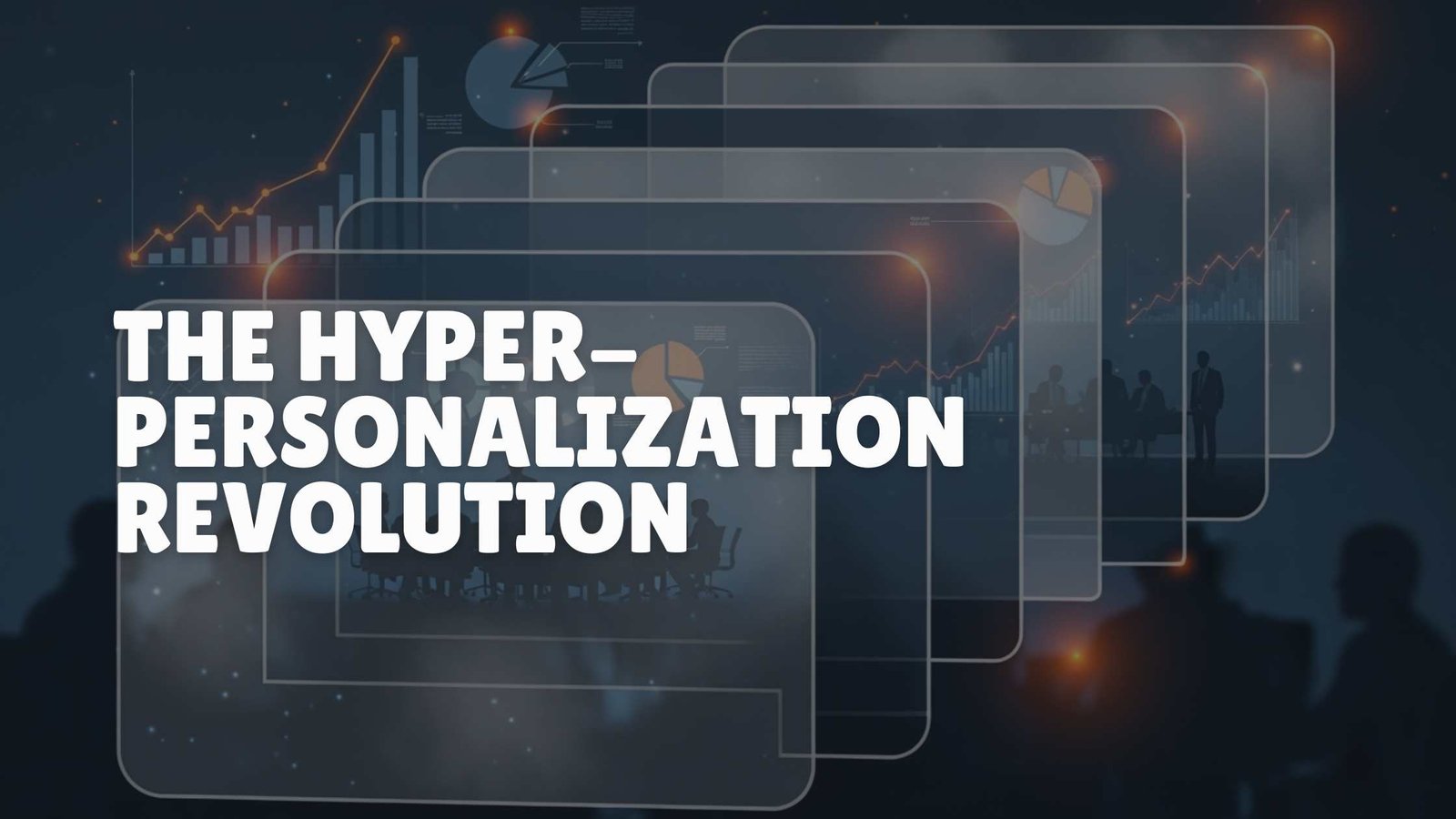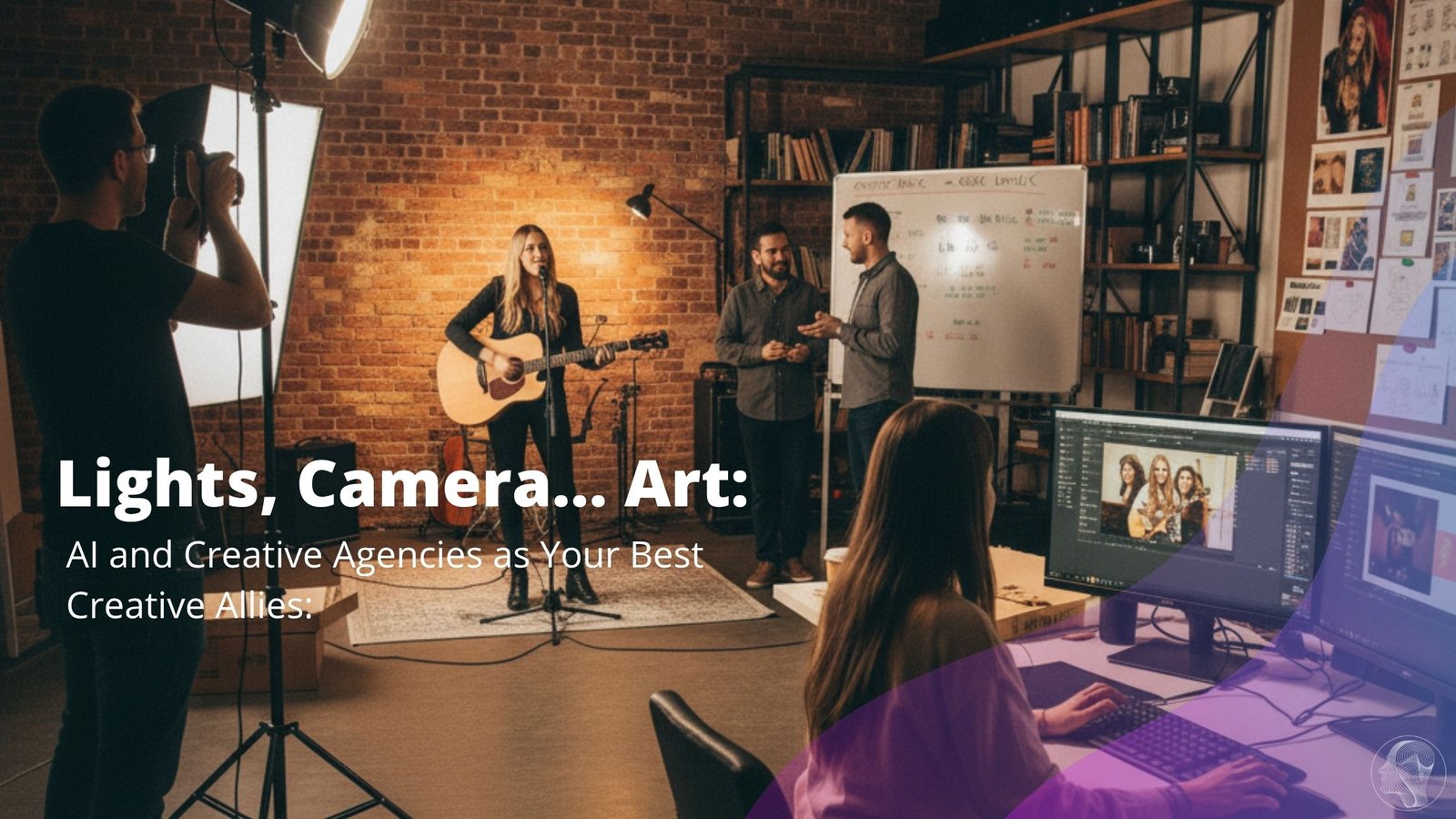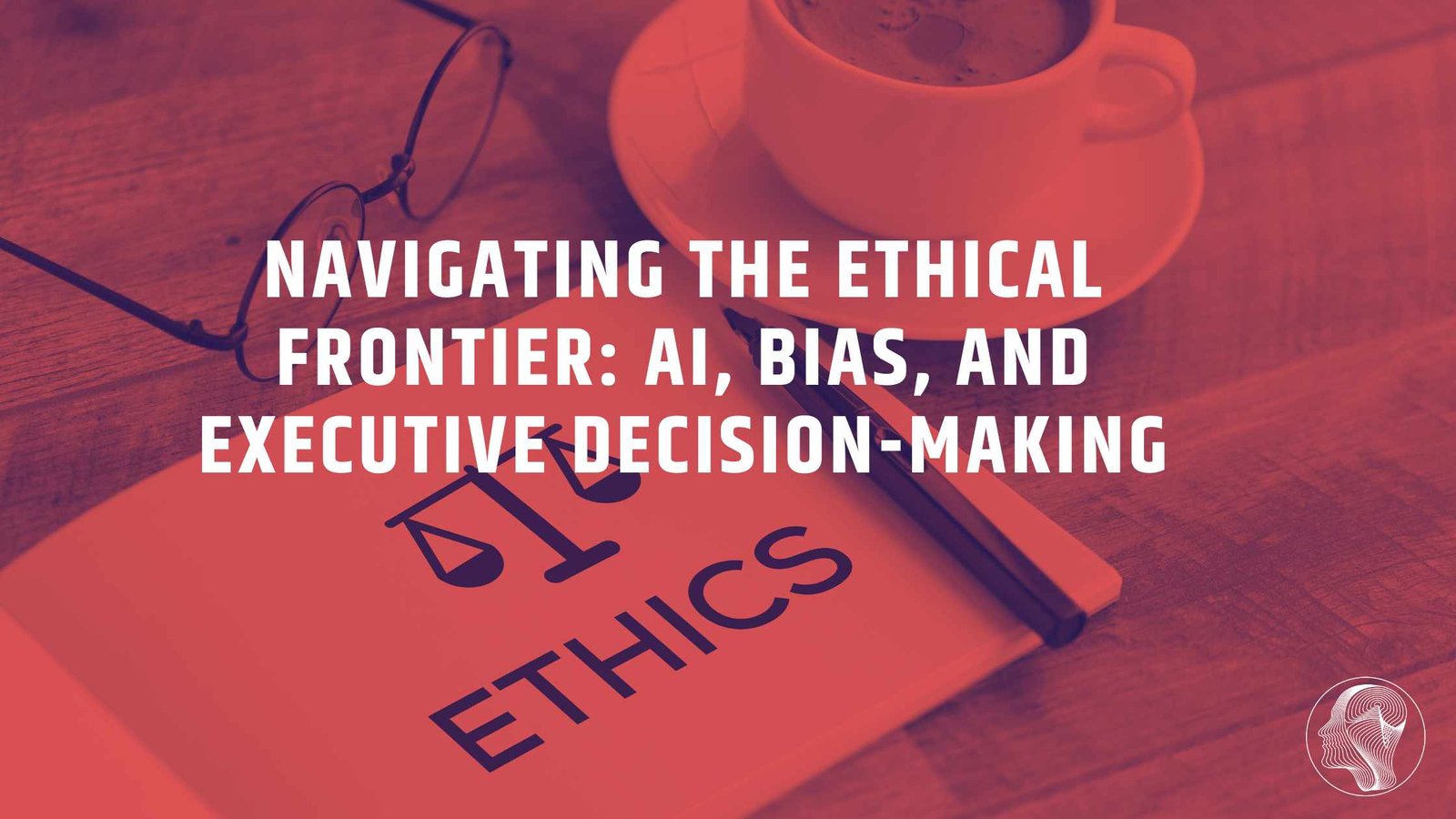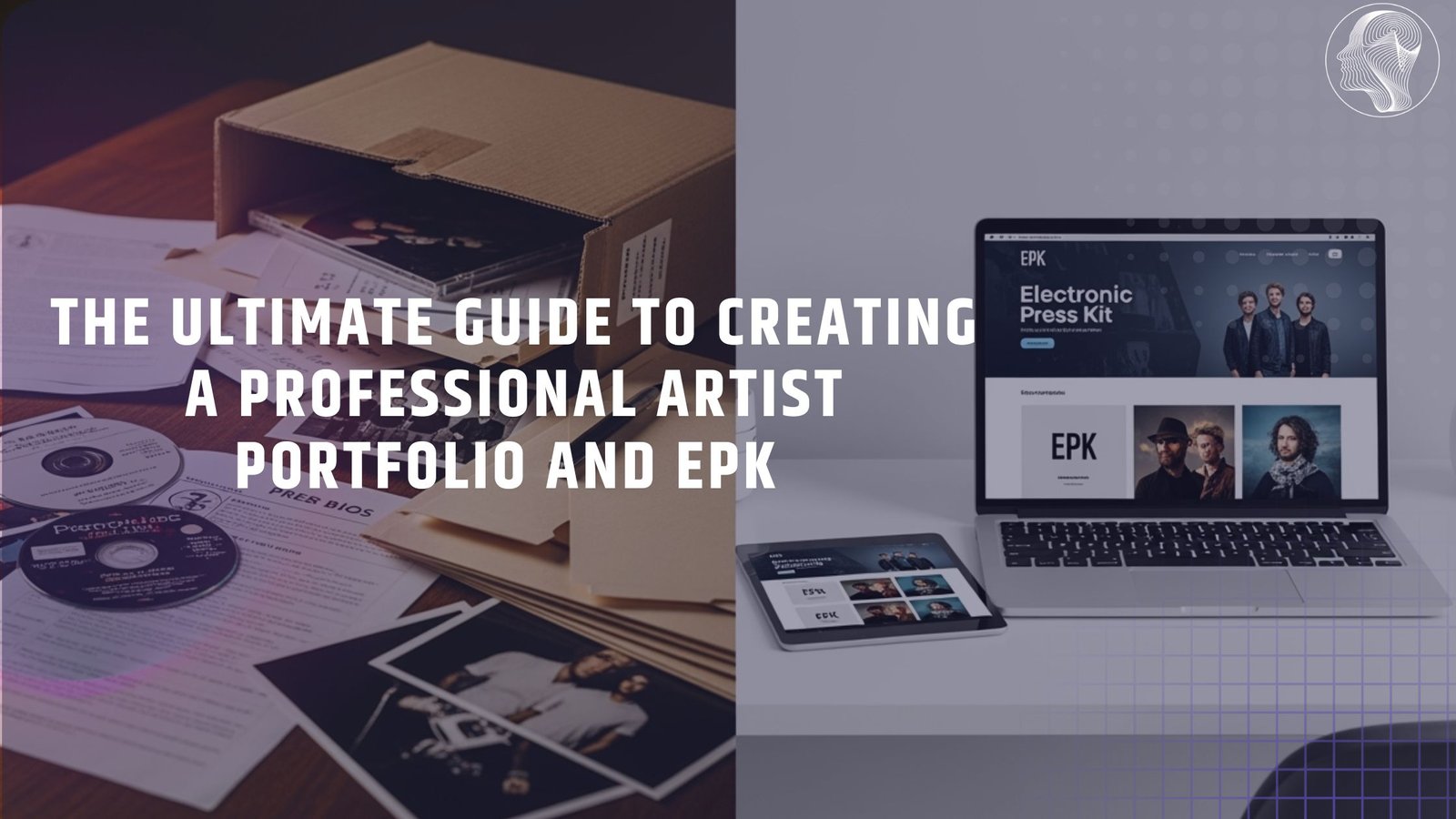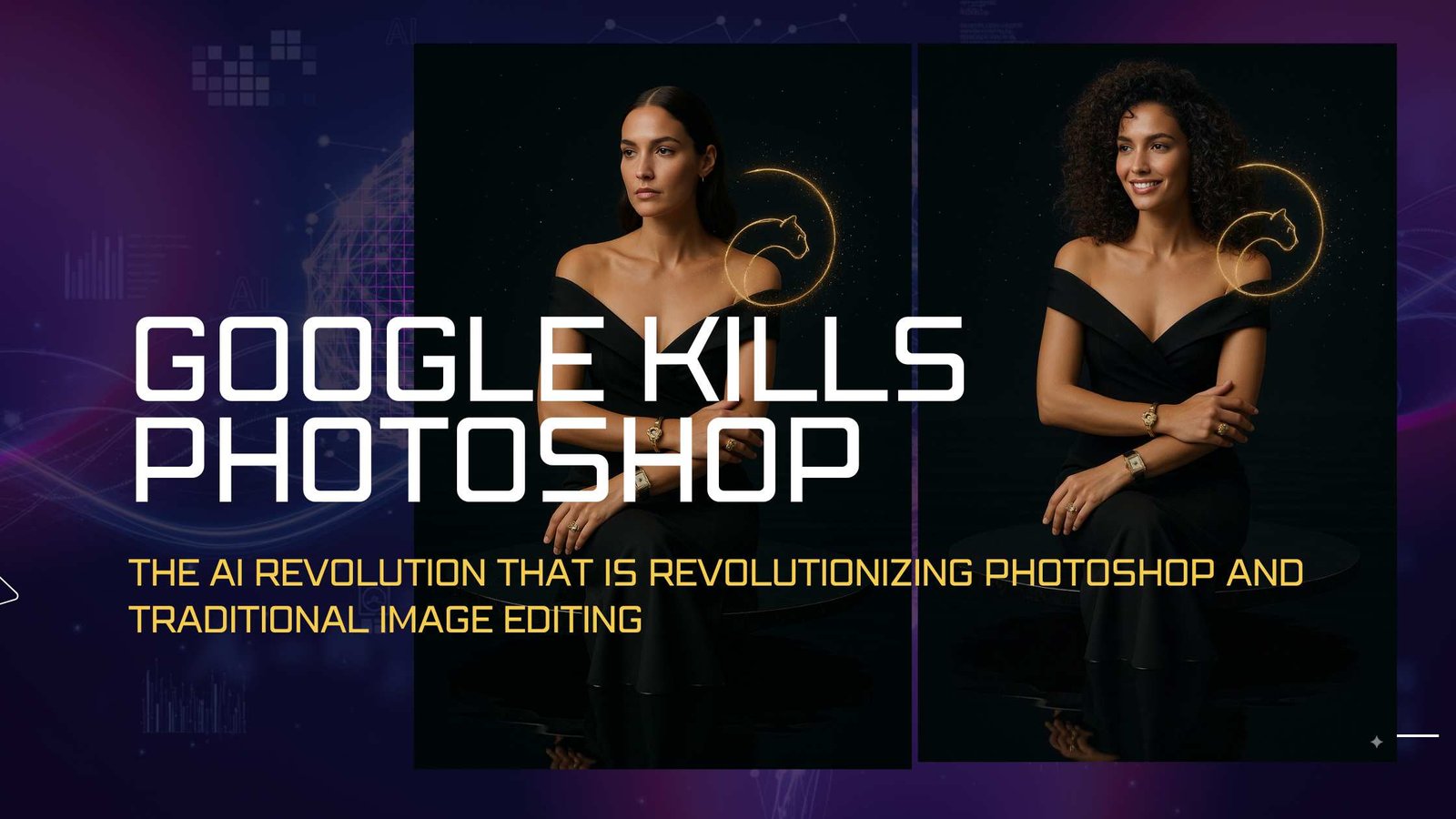Discover how hyper-personalization with AI is revolutionizing customer experience in 2025. Learn practical strategies to implement AI-driven personalization that drives 37% higher customer satisfaction.
Table of Contents
ToggleThe $2.4 Trillion Opportunity: Why Hyper-Personalization Matters Now
Imagine walking into a store where every product recommendation, every offer, and every interaction is tailored specifically to your preferences, behavior, and needs. That's not the future—that's hyper-personalization in 2025, and it's transforming how businesses connect with customers.
According to McKinsey & Company, companies that excel at personalization generate 40% more revenue from those activities than average players. But here's the game-changer: traditional personalization is dead. Welcome to the era of AI-driven hyper-personalization.
What is Hyper-Personalization? Beyond “Dear [First Name]”
Hyper-personalization goes far beyond inserting a customer's name in an email. It's the practice of using artificial intelligence, real-time data, and behavioral analytics to deliver individualized content, products, and experiences to each customer at the exact moment they need it.
Deloitte Digital reports that 73% of business leaders agree that AI will redefine personalization strategies in 2025. The difference? Traditional personalization segments customers into groups. Hyper-personalization treats each customer as a segment of one.
The Three Pillars of Hyper-Personalization:
- Real-time Data Processing – Instant analysis of customer behavior
- Predictive Analytics – Anticipating needs before customers express them
- Dynamic Content Delivery – Adapting experiences in real-time
The Business Impact: Numbers That Demand Attention
The statistics around hyper-personalization are staggering. Forrester Research found that companies implementing AI-driven personalization see:
- 37% increase in customer satisfaction
- 36% improvement in customer retention
- 25% boost in conversion rates
- 19% increase in sales velocity
But here's what most businesses miss: 84% of customers say being treated like a person, not a number, is very important to winning their business, according to Salesforce.
The cost of getting it wrong?Accenture research shows that 91% of consumers are more likely to shop with brands that provide relevant offers and recommendations.
Real-World Applications: Hyper-Personalization in Action
E-commerce: The Amazon Effect Evolved
Amazon's recommendation engine drives 35% of their revenue, but 2025's hyper-personalization goes deeper. Modern AI systems analyze:
- Browsing patterns in real-time
- Seasonal behavior changes
- Cross-device interactions
- Social media sentiment
- External factors (weather, events, trends)
Example: An AI system notices a customer browsing winter coats while the weather forecast shows an unexpected cold snap in their location. It immediately adjusts homepage content, email timing, and even inventory allocation.
B2B Services: Account-Based Hyper-Personalization
HubSpot data shows that B2B companies using AI-driven personalization see 3x higher engagement rates. The key? Moving beyond company-level personalization to individual stakeholder preferences within accounts.
The Technology Stack: What Powers Hyper-Personalization
1. AI and Machine Learning Engines
Modern hyper-personalization relies on sophisticated AI models that can:
- Process millions of data points in milliseconds
- Identify patterns humans can't see
- Adapt recommendations in real-time
- Learn from every interaction
2. Customer Data Platforms (CDPs)
According to Adobe, 68% of marketers say unified customer data is critical for personalization success. CDPs create a single customer view across all touchpoints.
3. Real-Time Decision Engines
These systems make split-second decisions about what content, offers, or experiences to show each customer based on their current context and predicted intent.
Implementation Strategy: Your 90-Day Hyper-Personalization Roadmap
Phase 1: Foundation (Days 1-30)
- Audit your current data collection
- Implement proper tracking across all touchpoints
- Choose your AI personalization platform
- Define key personalization metrics
Phase 2: Intelligence (Days 31-60)
- Deploy AI algorithms for customer segmentation
- Create dynamic content templates
- Set up real-time behavioral triggers
- Test personalization on high-impact pages
Phase 3: Optimization (Days 61-90)
- Launch full hyper-personalization campaigns
- Monitor performance and adjust algorithms
- Scale successful personalization strategies
- Train team on ongoing optimization
Common Pitfalls: What 67% of Companies Get Wrong
MIT Technology Review research reveals that 67% of personalization initiatives fail due to these critical mistakes:
1. The Privacy Paradox
Customers want personalization but fear privacy invasion. Solution: Transparent data usage and clear value exchange.
2. Over-Personalization Fatigue
Too much personalization feels creepy. Solution: Focus on value-driven personalization, not just behavioral tracking.
3. Siloed Data Approach
Personalization across disconnected systems creates inconsistent experiences. Solution: Unified customer data platform.
Industry-Specific Applications
Healthcare: Personalized Patient Journeys
AI analyzes patient history, symptoms, and preferences to customize treatment communications and appointment scheduling.
Financial Services: Risk-Based Personalization
Banks use AI to personalize product recommendations based on spending patterns, life events, and financial goals.
Education: Adaptive Learning Paths
EdTech platforms create individualized learning experiences that adapt to each student's pace and learning style.
The Future: What's Coming in 2026 and Beyond
Harvard Business Review predicts these emerging trends:
1. Emotional AI Integration
Systems that recognize and respond to customer emotions in real-time.
2. Cross-Platform Identity Resolution
Seamless personalization across all digital and physical touchpoints.
3. Predictive Personalization
AI that anticipates needs before customers realize them.
Measuring Success: KPIs That Matter
Track these metrics to measure your hyper-personalization ROI:
- Customer Lifetime Value (CLV) increase
- Engagement rate improvements
- Conversion rate optimization
- Customer satisfaction scores
- Revenue per visitor growth
- Retention rate improvements
Getting Started: Your Next Steps
The hyper-personalization revolution isn't coming—it's here. Companies that don't adapt risk becoming irrelevant. But implementation doesn't have to be overwhelming.
Start with these three actions:
- Audit your current personalization capabilities
- Identify your highest-impact personalization opportunities
- Choose the right AI-powered personalization platform
At Intelli Brand AI, we've helped over 120 companies implement hyper-personalization strategies that drive real results. Our approach combines strategic thinking with practical implementation, ensuring you see ROI from day one.
Ready to transform your customer experience with hyper-personalization?Schedule a free strategic consultation and discover how AI-driven personalization can revolutionize your business.
Additional Resources:
- Complete Hyper-Personalization Guide 2025 – Step-by-step implementation strategies
- AI Marketing Success Stories – Real results from our client implementations
- Intelli Brand AI Blog – Weekly insights on AI marketing trends
Found this helpful? Share it with other business leaders ready to embrace the hyper-personalization revolution. Follow us for daily insights on AI marketing trends and practical implementation strategies.
About the Author: As Founder and Strategy Director of Intelli Brand AI, I specialize in helping businesses implement AI-driven personalization strategies that drive measurable growth. My approach combines data science with human psychology to create customer experiences that convert.

